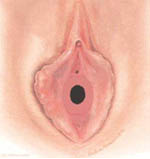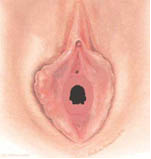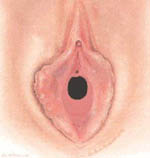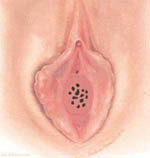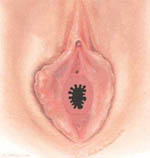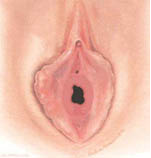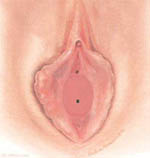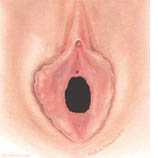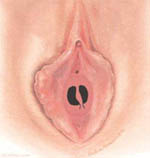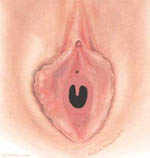Hymenoplasty (Hymen Repair)
This is a surgical procedure that restores the hymen after it has been disrupted by penetration through sexual intercourse.
Price: $3,200
The hymen is a thin membrane of connective tissue over the entrance of the vagina into the vestibule. It has a central opening that is usually round. Thin mucosal septae may create two or more openings, or the hymen may be cribiform, having numerous small openings through a solid mucosal plate.
On rare occasions, it may be imperforate so that no communication between the vagina and the vestibule is present The hymen varies somewhat in thickness and elasticity. It may be quite elastic and easily stretched without laceration at initial sexual intercourse, or it may be so tough and rigid as to prevent intercourse. As a rule, an intact hymen is present only in a virgin; after coitus, it is represented by small, membranous elevations called the carunculae myrti-formes.
The hymen is lined on both sides by a thin mucous membrane composed of stratified squamous epithelium Mahran and Saleh (1965) examined the hymen microscopically at different stages of life from birth to menopause. They found that the main bulk of the hymen is formed of fibrous connective tissue, partly elastic and partly collagenous fibers. The lining squamous epithelium covering both surfaces lacks any evidence of cornification.
No glandular or muscle elements are present. The hymen is not richly supplied with nerve fibers. No nerve cells or fibers are present at the free edge of the hymen. Elsewhere in the structure, the terminal nerve fibers penetrate the epithelium between the connective tissue papillae. In the newborn, the hymen is vascular, and the epithelium is thick. During pregnancy, the epithelium is very thick and very rich in glycogen. At menopause, the epithelium is thin.
CALL FOR YOUR FREE CONSULTATION TODAY! (818) 502-1166
Hymenoplasty: Before and After

